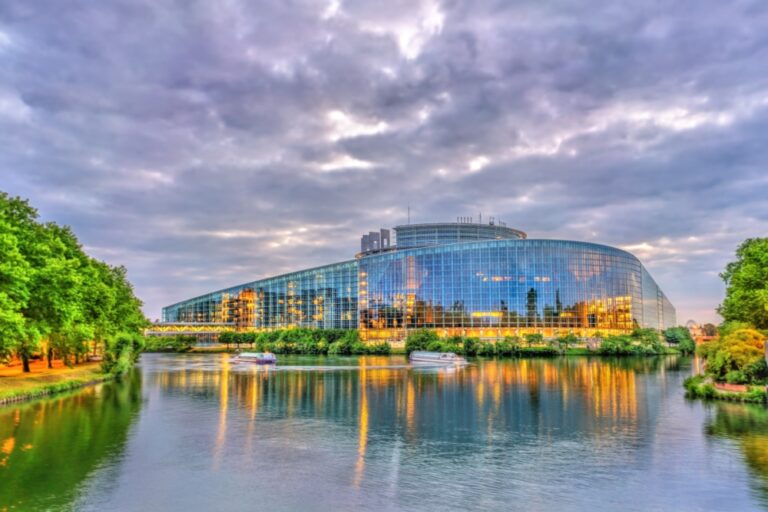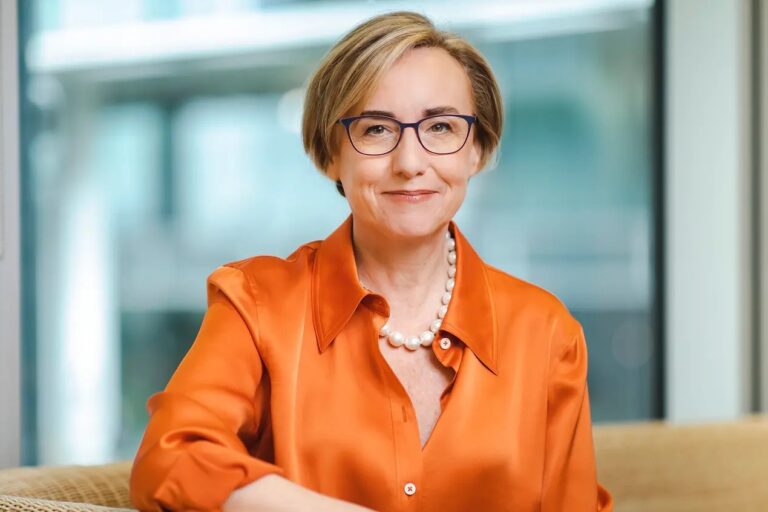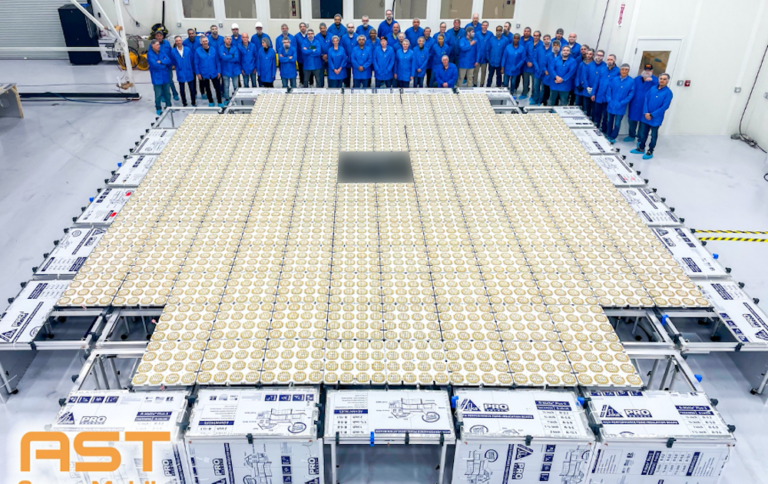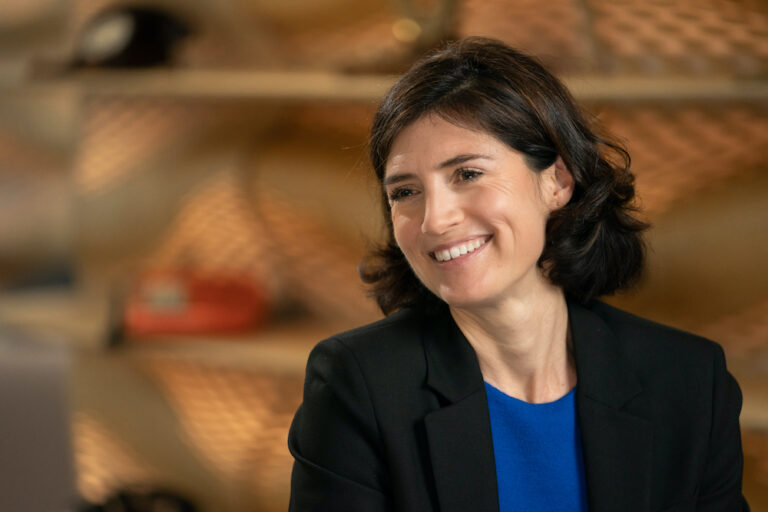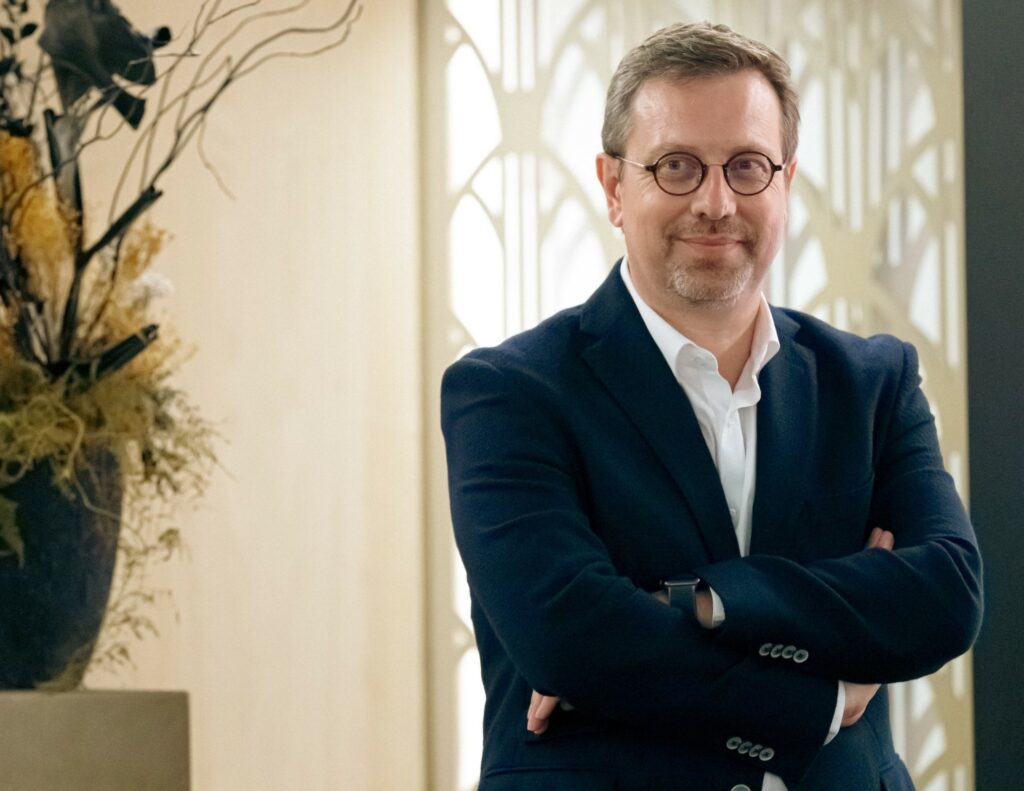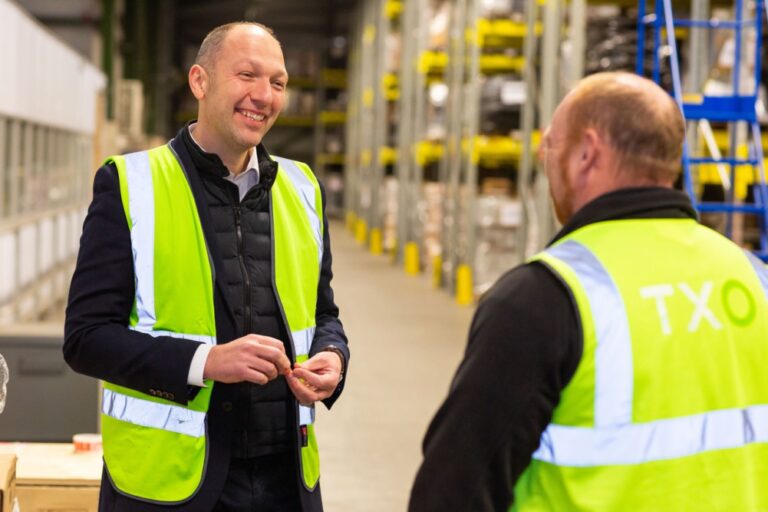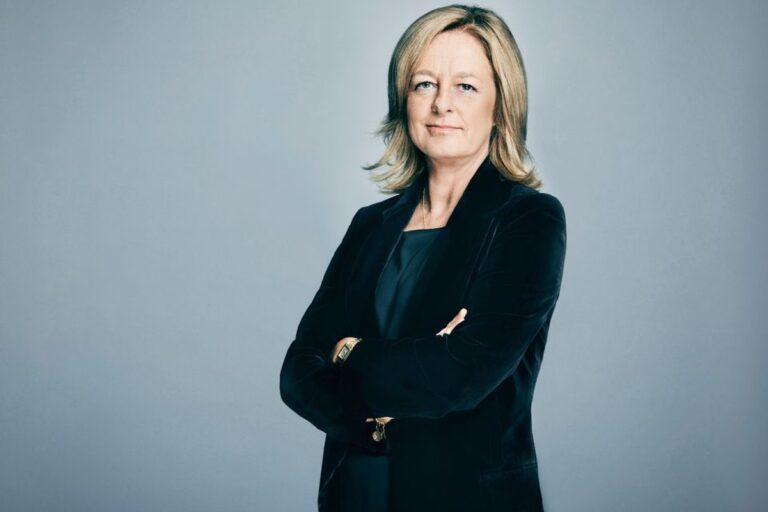Telco consolidation encouraged
Spain will encourage consolidation in European telecoms during its six-month term presiding over the Council of the European Union (pictured) this year. The news comes in the week that French tycoon Xavier Niel’s Iliad Group has reportedly restarted talks with Vodafone Group about a potential deal involving the UK-based operator’s European operations, more than a year after talks over a sale of the latter’s Italian unit broke down.
Without going into details Telecommunications Secretary for the EC’s Council of Ministers María González Veracruz said, in an interview seen by Bloomberg, that Spain will help in “every way it can” to bring about consolidation. “Our main target is to contribute to the regulatory changes and necessary decisions for the leading operators in the European market to have the strength to be able to compete in the global market,” said Veracruz.
The amalgamation of European telecoms has been promised as the panacea to europe’s competitive shortcoming since it creates big carriers to rival the American and Chinese behemoths. While telcos like the UK’s Vodafone Group and France’s Orange have bought smaller rivals within the countries where they operate, they’re cautious about uniting to create European champions.
Regulators in Brussels have opposed big deals, especially if they concentrate power in the hands of three players, instead of four, fearing an oligopoly is ripe for collusion and anti-competitive behaviour. The proposed €18.6 billion ($19 billion) merger between Orange’s Spanish unit and Masmovil Ibercom sparked an obsessive in-depth investigation by the European Commission, putting the market into suspended animation with a decision due by late August. Spain’s government backs a merger in its own country and was frustrated by the lack of progress.
EU members states take it in turns to hold the presidency for six months, with Spain’s term starting in July. Although presidencies don’t have executive powers, countries can try to use their position to set agendas for larger debates. Pushing for consolidation requires balancing local, country-specific interests with Europe-wide strategy, González Veracruz said, since every country wants to have a large national carrier and many are reluctant to see them taken over by outside players.
Spain has been a vocal supporter of the telecom sector’s push for tech giants such as Meta Platforms (AKA Facebook) and Google-owner Alphabet, both of which have been accused of mono[olistic practices, to pay fees for the use of infrastructure, an initiative known as “fair share.” Telefónica chairman José María Álvarez-Pallete, who also heads the telecom industry group GSMA, is an advocate of the fair share proposal. He also has close working relationship with Spanish Prime Minister Pedro Sánchez and Economy Minister Nadia Calviño, who oversees telecom policy.
Spain is mulling whether to submit written support for the initiative, González Veracruz said, adding that the debate over fair share must be addressed urgently.


